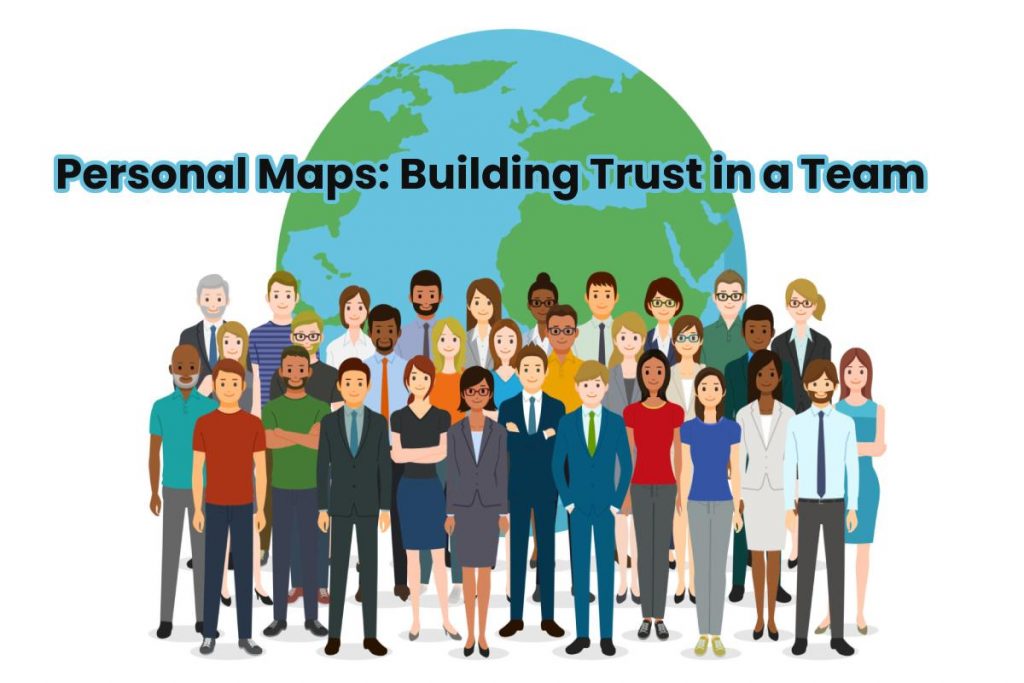Many tasks have to be done when starting a new project to ensure its success. Among them would be refinement, the risk analysis meeting or conversations with the Product Owner. But without a doubt, one of the keys to achieving this is good communication and trust between the project team members, the basis of teamwork. How is this achieved? One of the techniques we work on in Profile is using Personal Maps, a perfect way to better understand our colleagues and generate equipment.
Usually, most team members do not know each other superficially without knowing their tastes. Professional trajectory, or family situation. Some may be relocating or simply that so much teleworking prevents them from that rapprochement between colleagues in the same company. Nowadays, this is not a problem since there are many ways to work and collaborate with teams, not in the same office.
Table of Contents
What are Personal Maps?
In Profile, the Scrum Master tries to work on trust and communication. And collaboration between all the members as soon as the project begins. Convening all the development team members through a video call.
All participants must have the camera on because putting on a face and seeing the reactions are part of this dynamic to create that closeness.
It usually starts with a simple icebreaker that invites all team members. Including the Scrum Master. To at least comment on something. For example. A dynamic that works very well is to say something about oneself and that the rest of the companions try to guess if it is true or false. This is an excellent way to invite people to start participating by generating curiosity.
Personal Maps: Technique Of Management
Next, we began to use the Personal Maps technique of Management 3.0, but with a variation in the dynamics proposed by Jurgen Appall. We share a board with the structure of a personal map for each colleague. This way. Everyone can collaborate by adding personal information. We can count on an online collaboration tool that allows us to design mind maps.
Having a template prepare in advance and sharing the board with. The structure of the personal map of each one helps to focus on the information to be share. It starts from the name of each one in the center of the panel where different classes (categories) of ideas come out to complete with information. Which can be broken down as each one wants. It usually helps to give some clue as to what kind of information can be add, family, studies, work, hobbies etc.
With a timebox of about 5 minutes, each team member adds the information they want about themselves and with which they feel most comfortable.
After this time, it is my turn to read each personal map. So that there is more involvement among the team members. Each one reads the other’s, thus facilitating the presentation of his partner: I am going to introduce you to Maria. María is from Toledo, worked as a Fronted for five years and practices Taekwondo.’
At this point, where we know more about our colleagues. Comments arise due to similarities in hobbies or city of birth. Finally. You can do a last joint exercise commenting on what has most caught the attention of one of our colleagues. And write it down as a post-it next to your map.
